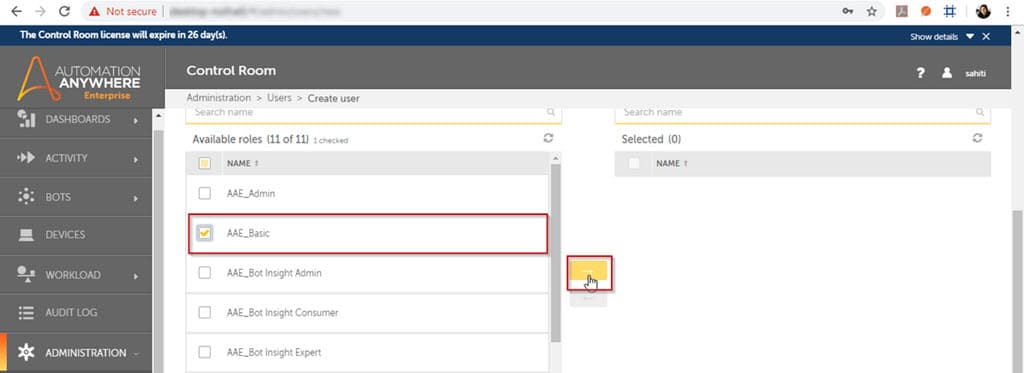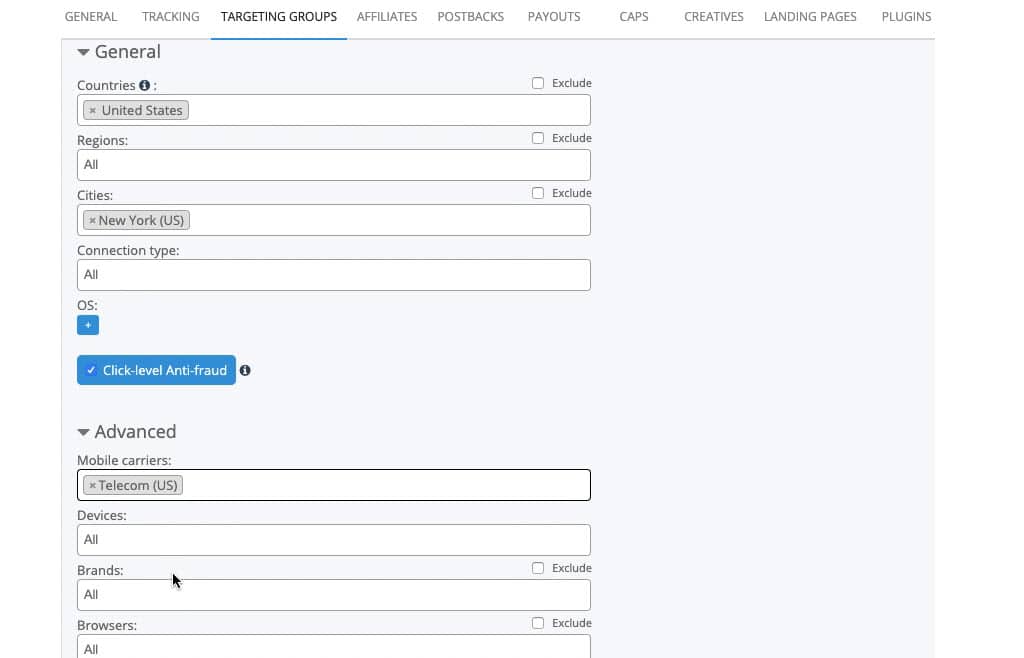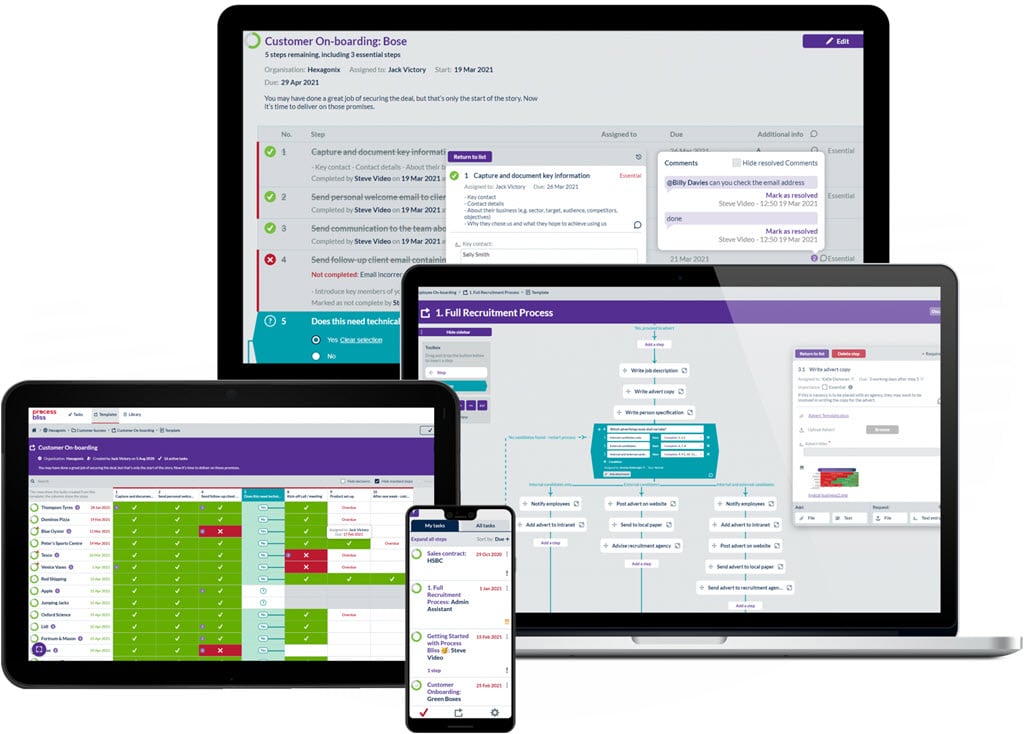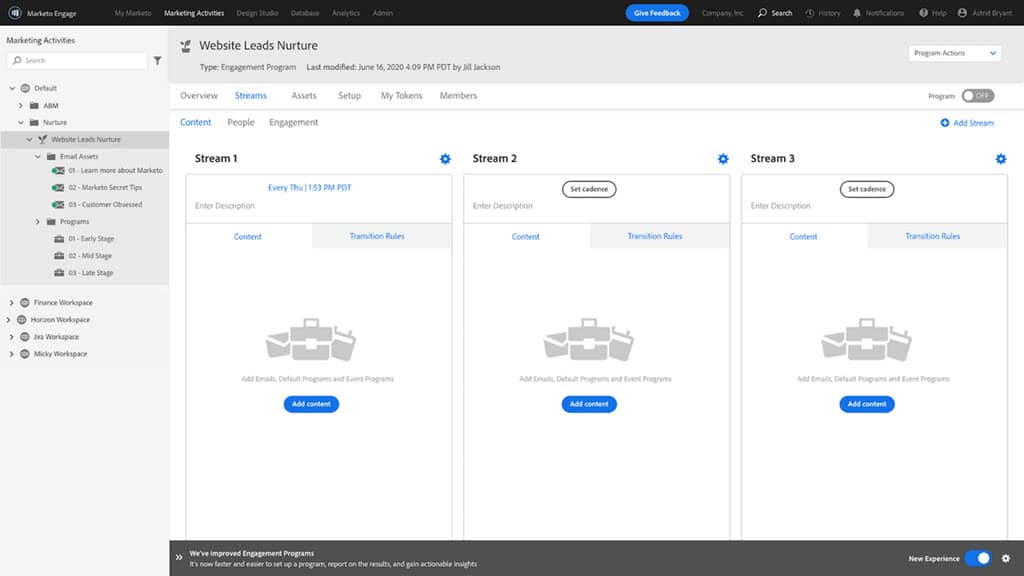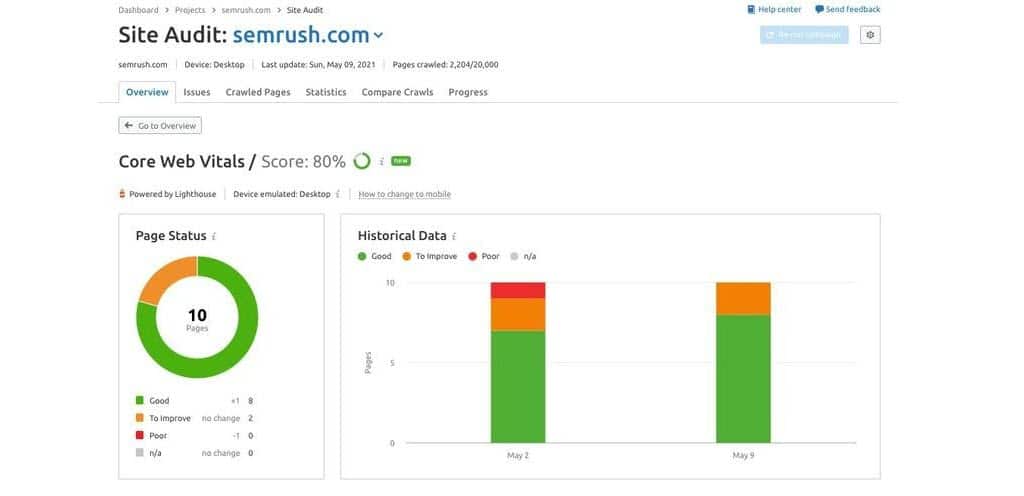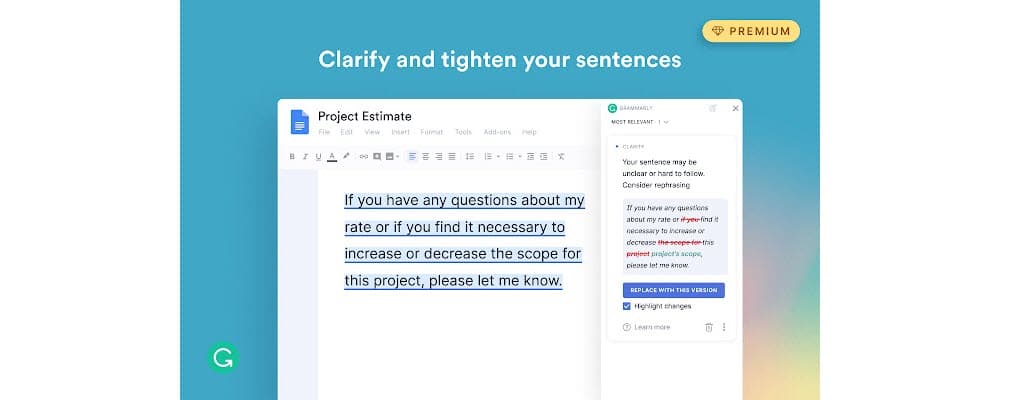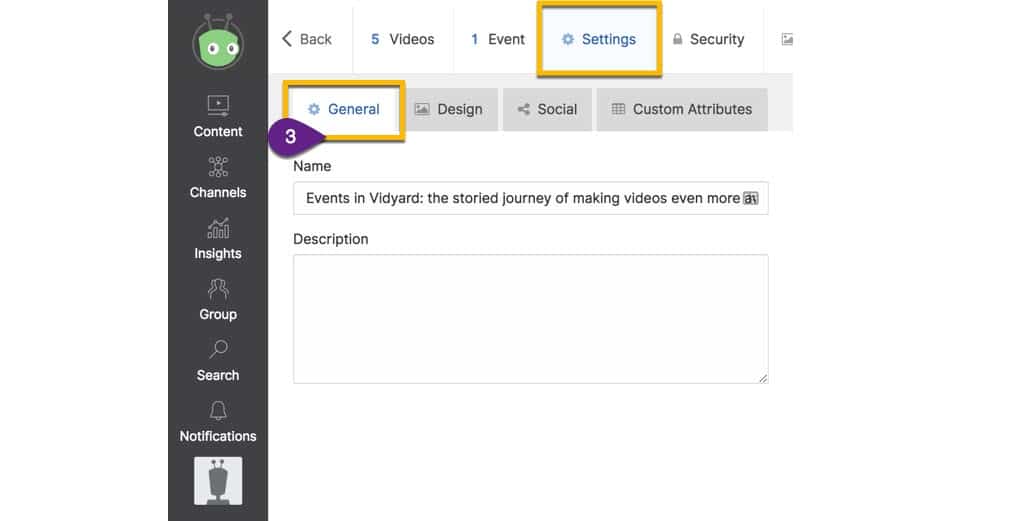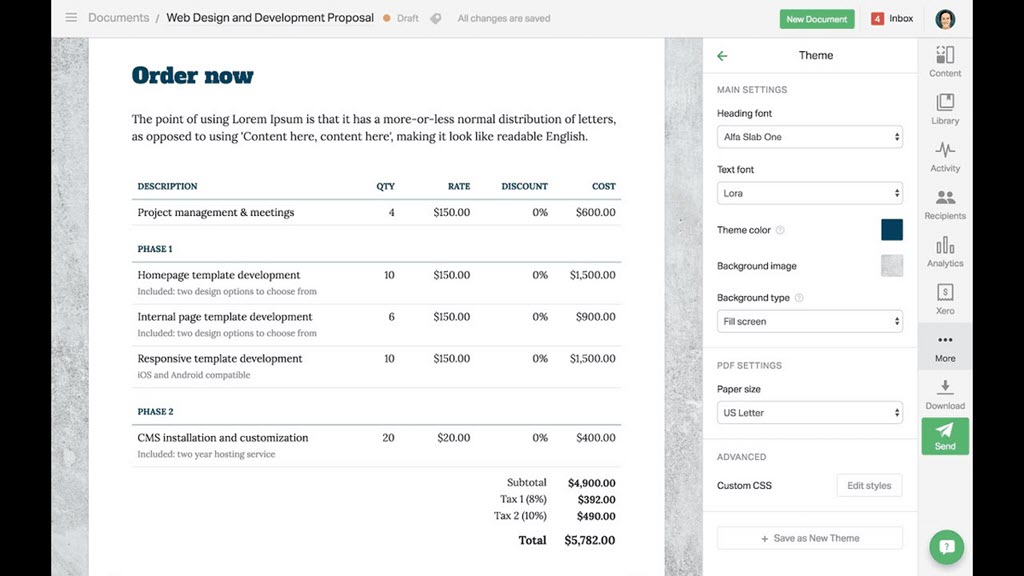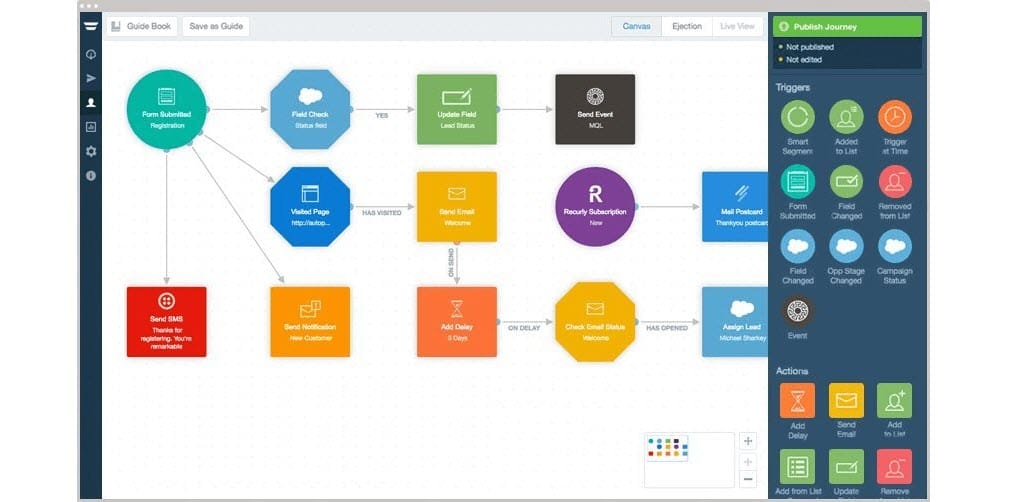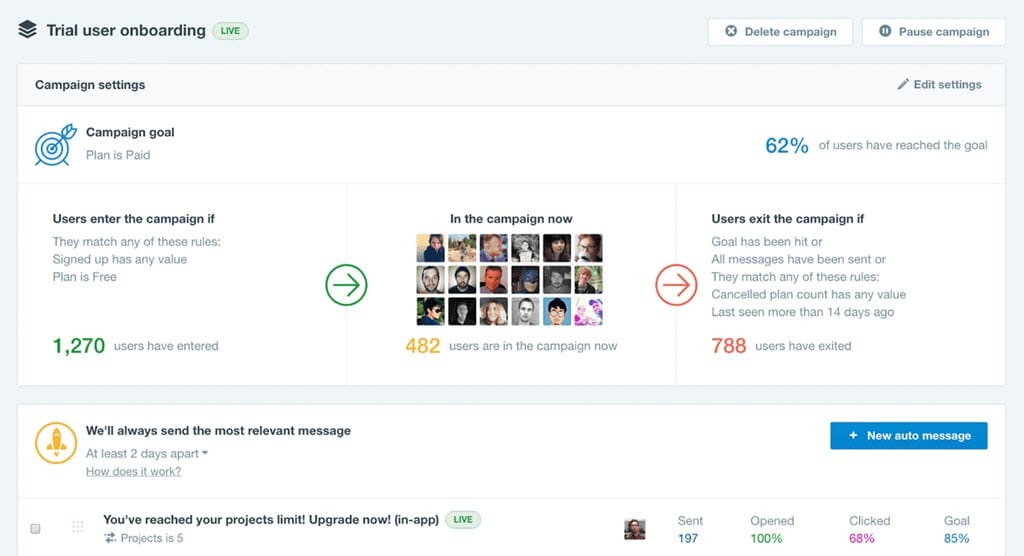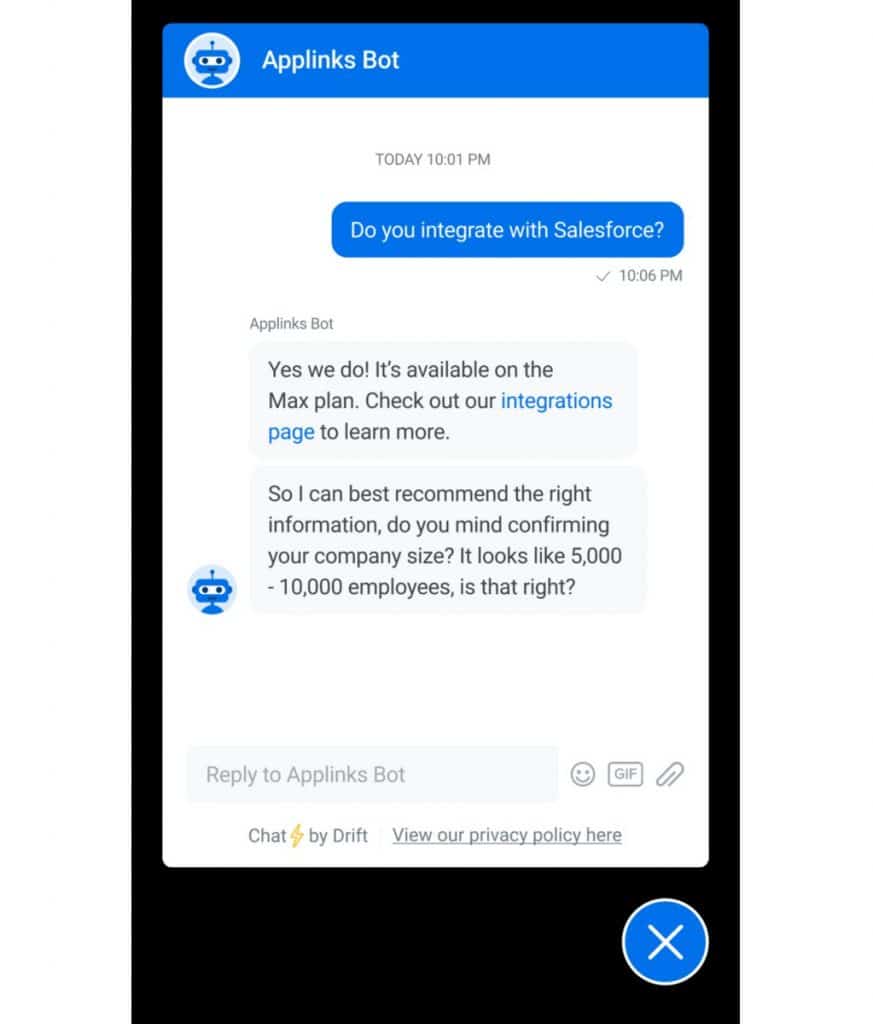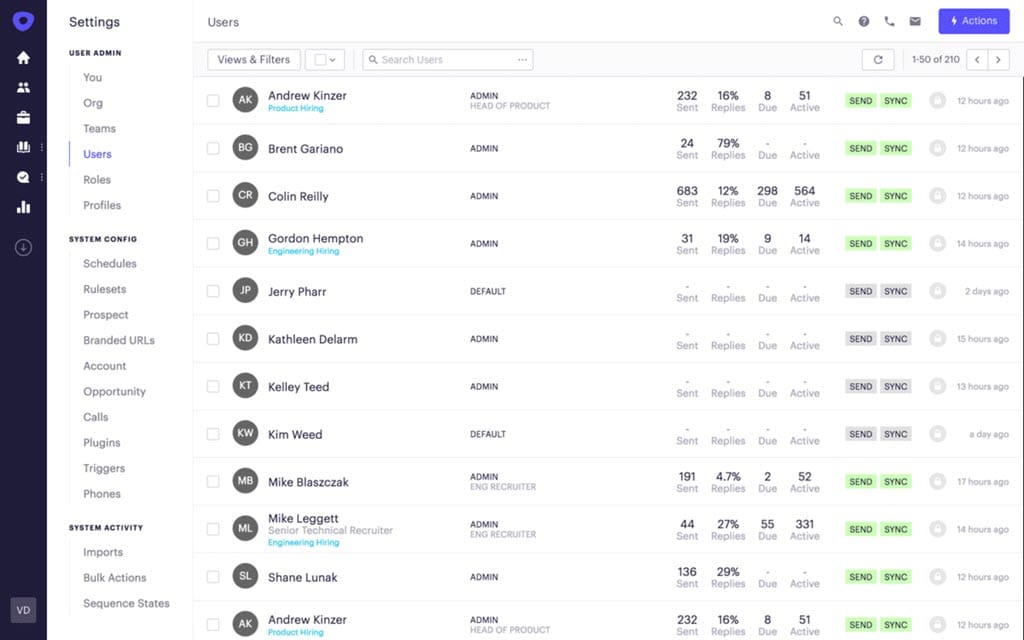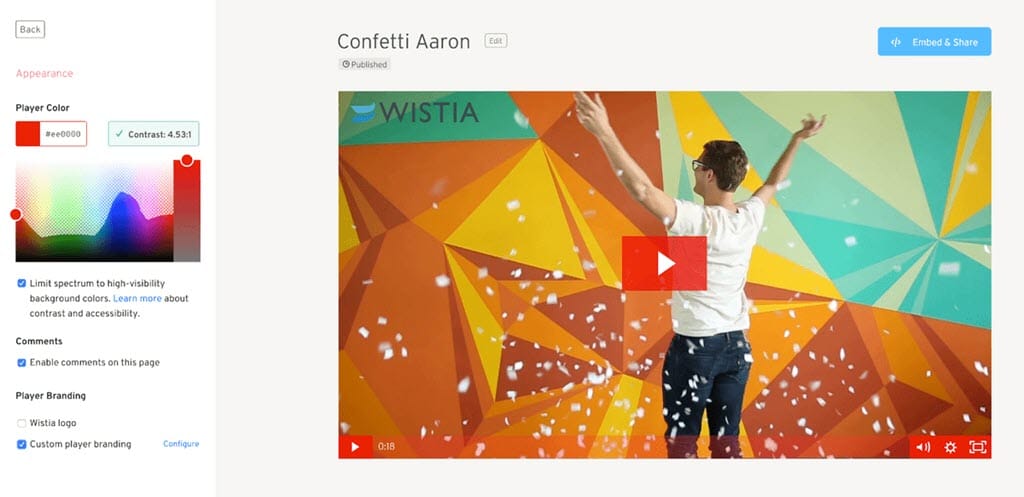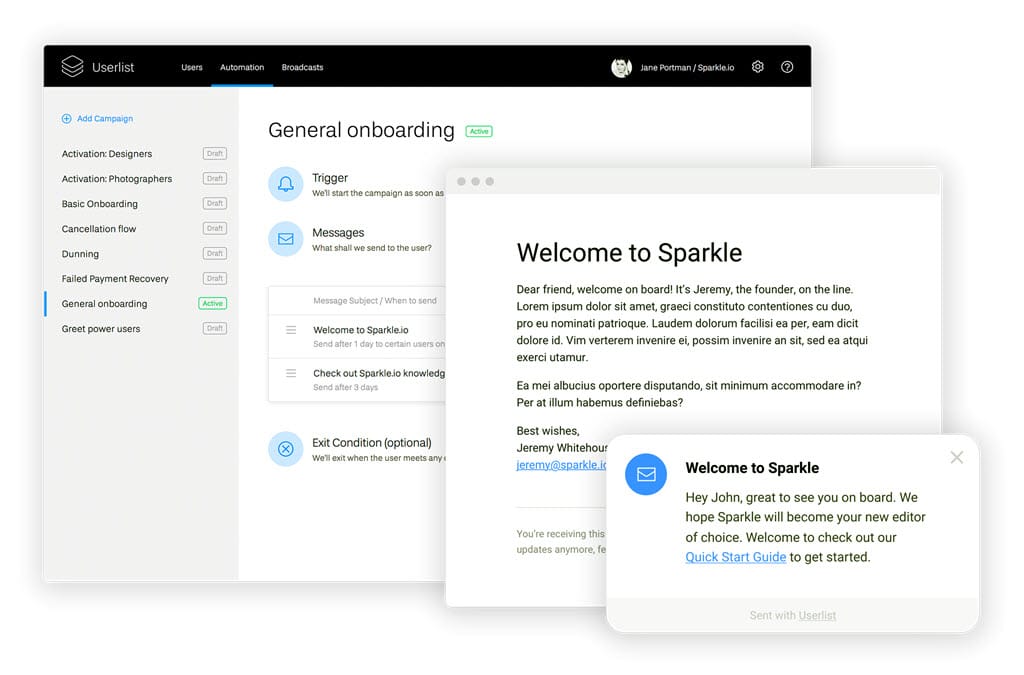SaaS Marketing Guide
20 SaaS Marketing Automation Tools & Tips for Your MarTech Stack
Book a FREE SEO Strategy Consultation >
Further Reading:
- SaaS Marketing Strategy
- SaaS Content Marketing
- SaaS SEO
- SaaS Account Based Marketing
- SaaS Email Marketing
- SaaS Inbound Marketing
- SaaS Retargeting
- SaaS Marketing Budget
- SaaS Marketing Plan
- SaaS Referral Marketing
- SaaS Demand Generation
- SaaS Customer Journey
- SaaS CMO Strategy
- SaaS link building
- SaaS Lead Generation
- SaaS Landing Page Examples
- SaaS CMS
- SaaS Customer Churn
- SaaS Marketing Automation
- SaaS Marketing Campaigns
- SaaS Marketing Agency
- SaaS SEO Agency
- SaaS Link Building Services
Automation can be key to this, as it helps streamlining workflows and dealing with repetitive processes that often take up a lot of time. When it comes to SaaS marketing, having an efficient Martech Stack (Marketing Technology Stack) is essential.
What is SaaS marketing automation?

Marketing is a complicated process that takes a lot of time and effort. However, much of it can be repetitive and time-consuming, including email marketing, social media posting, and keyword research.
SaaS marketing automation is designed to take on those repetitive tasks while still achieving results. It’s a great way to save time, reduce costs, and free up your staff to focus on more creative and essential tasks.
What are the benefits of marketing automation for SaaS?
1. Improves message targeting
With so many channels being used, getting your message to the right people has never been more difficult. It’s not enough to have a great landing page. Knowing where your prospective and current customers are means you can deliver your message to them effectively.
Doing this task manually would be nigh impossible. Automation helps you deliver the right messages at the right time, to the right people, through the right channels.
2. Boosted and streamlined lead generation
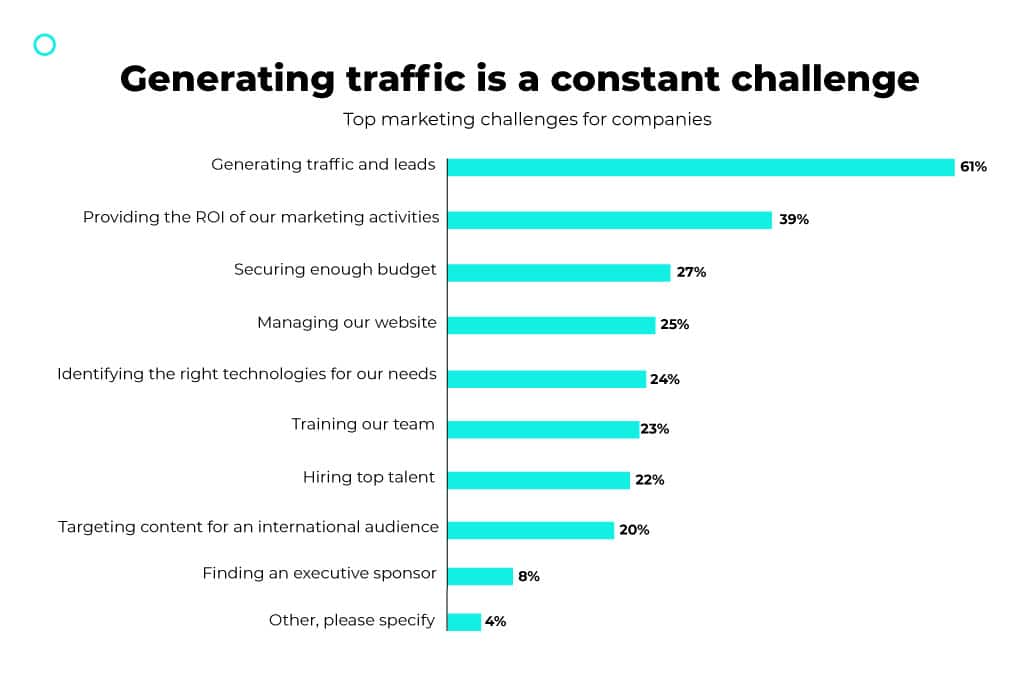
Lead generation can be highly time-consuming. How do you capture leads with high potential? Creating quality content is a priority for 53% of marketers. That’s why you should consider a good content marketing and SaaS SEO service.
As B2B enterprises, you are not likely to find a tremendous amount of new customers on Facebook. 80% of B2B leads come from LinkedIn. Automating your lead generation process means your tools can combine all the criteria you have identified to find more qualified leads.
3. Upticks in revenue
How can SaaS marketing automation produce an uptick in revenue?
-
- Automating customer data entry for your CRM and other records can save staff a huge amount of time. It can update a lead’s detail as they move through your sales funnel and identify “closed” leads that may be worth pursuing later.
-
- Timing is everything in sales. Automation can help your salespeople know who is a good prospect and when is the best time to go for that close.
-
- 72% of consumers state they only engage with personalized messages. With an automated process, personalized emails can be sent at particular stages in the buying cycle or triggered by a specific customer action.
-
- As SaaS companies provide a paid service based on an agreed length of time, customer retention is vital. Automated solutions can remind your sales team when a contract is due to end or send out push notifications.
4. Enhances customer experience
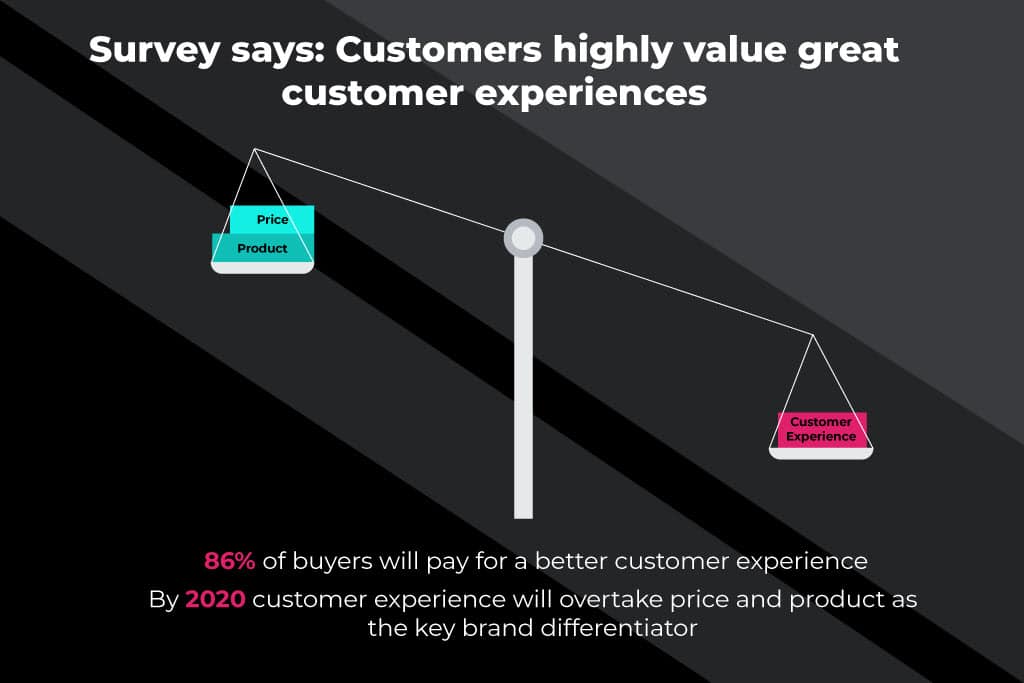
Customer churn costs US businesses some $35.3 billion every year due to avoidable CX issues. Marketing automation can help avoid this, by providing more detailed and personalized interactions for all your customers. With the info contained on your CRM, agents can greet customers personally. And with that same info, you can personalize other touchpoints too.
5. Saves time
You already know that any repetitive tasks take time. Automating tasks such as sending emails, nurturing leads, tracking metrics and KPIs means you have extra time to focus on other things. Your marketing team can create templates and leave the rest to AI.
Instead of being responsible for every little thing, your marketing team can focus on work that helps grow your business and boost your revenue. They’ll have more time to spend on customers coming to the end of the sales funnel and on leads whom your automated processes have nurtured.

Key features of marketing automation software
1. Content distribution
Content distribution is just one of the marketing tools you will have in your armory. It can help decide what content is most appropriate for particular people at different points in their journey through your sales funnel. It can create CTAs at the right time or be programmed to post on specific days and times across your social media channels.
2. Lead management
Managing your leads is another essential feature of any automated marketing process. With the right tools, you can automate the handling, nurturing, and monitoring of all your lead information, before assigning those in the latter stages to your sales staff.
3. Email marketing
Email campaigns can be one of your most laborious tasks. With automation, you get full functionality, covering every aspect of your email interactions, from first contact to any post-sales follow-up.
4. Social Media Management
In this era of omnichannel marketing, you may have a presence on multiple social media platforms. Automation helps integrate all your channels and allow for scheduling of posts, it can track and analyze your customers actions and interactions on those channels.
5. Segmentation and personalization
It is likely that your customers’ demographics are varied, differing in many factors from location to age group. Your automation tool should help segment your customer base according to the factors you decide on.
6. Analytics and reporting
You may have multiple marketing campaigns on the go and content posted in multiple locations. Keeping an eye on how all these are performing is almost impossible without an automation tool. It can track and analyze all the relevant data and generate regular reports giving you informed insights.
7. Testing
Your marketing team members won’t always get things right the first time, but testing the various combinations of elements and factors can be time-consuming. Automation can help reduce the time taken to find out what works and what doesn’t. By implementing A/B testing and multivariate testing, you can ensure you find the right combinations quicker.
8. Integrations
If the automation tool you are considering does not offer seamless integrations, then cross it off your list. The need for good integration is crucial, especially when it comes to integrating with your CRM.
What is the best software for marketing automation?
When you are formulating your SaaS marketing plan, choosing the right software to meet your needs will be an important decision.
1. Automation Anywhere
A market leader, Automation Anywhere offers customers the opportunity to use a combined AI and RPA approach to automate all those repetitive tasks. It has you covered from keeping your CRM updated to researching leads and even creating quotes for customers. Automation Anywhere has a cloud-native, AI-powered system, providing complete automation.
2. Global App Testing
Global App Testing is the ideal solution if you want the functionality of your apps or websites to be tested quickly and efficiently. Utilizing a combination of intelligent automation and crowd testing, any bugs or issues are swiftly identified. This allows your team to focus on fixing any problems and keeps your project or planned release on schedule.
3. Ve Global
Ve Global offers ecommerce businesses automated digital assistants and connected media that helps optimize customer journeys on your website. It allows your brand to offer a more personalized experience to shoppers while collecting feedback that helps you make more informed decisions.
4. Affise
Affise is a marketing automation platform that lets your SaaS marketers automate every aspect of managing an online advertising campaign. It will track, monitor, and analyze all the required metrics and can optimize processes in real-time. You can tailor the UI to your needs and easily integrate it with other tools.
5. Pure Clarity
If personalization is one of your primary goals, then Pure Clarity is a good choice. Everything from banners to text can be personalized according to the information your system holds. Intelligent recommendations also help your site to upsell or cross-sell, thus improving revenue and your AOV figures.
6. Process Bliss
Process Bliss is a good option for managing multiple tasks simultaneously and executing workflows. It encourages team collaboration and offers insightful analytics when needed. It also highlights uncompleted tasks and raises an alert when a deadline is imminent. With over 2,000 integrations available, it can help manage almost any workplace process.
7. Hubspot
Hubspot offers automated solutions that can help with your marketing, sales, and content management tasks. It offers individual tools that work efficiently on their own but, when combined, provides you with a powerful solution for all your needs. The integrations also take productivity to a new level.
8. Marketo
Adobe’s Marketo is another industry leader. It offers customers highly efficient lead gathering automation, and the email options offer high end personalization. The easy to use interface makes it perfect for people with minimal tech skills.
9. Semrush
For any online business, visibility is paramount, and Semrush can help you expand your omnichannel visibility. It offers more than 50 automated tools to help your business with SEO, PPC, social media marketing, content marketing, and much more. Easy to use, Semrush can help grow your organic traffic and thus boost revenue.
10. Grammarly
If you create a lot of written content, then Grammarly is a must-have tool. It not only checks your spelling and grammar but can also ensure you use the right tone for your intended audience. You can use it as a Chrome extension, or integrate it with other tools like Gmail, GoogleDocs, Slack and Salesforce.
11. Vidyard
Videos can play a major role in your sales and marketing processes. Vidyard can help your brand stand out to potential customers, build trust, and provide data on who watches what.
12. Pandadoc
One frustrating aspect of doing much of your business online is that you need to create a lot of documents. Pandadoc removes that frustration by automating document creation workflows, making them easy to create, edit, and even sign. It also integrates well with other systems such as Zapier and Hubspot.
13. Lucky Orange
How many people visit your site every day? What is your bounce rate? What actions do they take? Lucky Orange helps answer all those questions and more with in-depth analysis and heatmaps. Analyze how they found your site or if your customer referral program is working well. Lucky Orange records every visitor to your site, letting you see what tactics do and don’t work.
14. Autopilot
Autopilot helps you visualize your customers’ journeys and identify and convert new leads.
It’s a great part of a martech stack with a range of integrations, including Facebook, Slack, MailChimp, and more.
15. Intercom
Conversations with customers build trust and relationships, which in turn lead to sales. Intercom is an automated conversation platform that helps you connect with customers better. As well as live chat, it offers your business apps, emails, SMS messaging, chatbots, and more.
16. Drift
Online businesses operate 24/7, and with Drift’s automated chatbots, every single visitor to your site can be engaged with, no matter the time of day. That means that customer questions can be answered in real-time rather than requiring the customer to wait.
17. Outreach.io
Outreach.io offers you automated processes on several levels. It focuses primarily on sales engagement, analyzing the sentiments of prospective buyers, tracking and reporting the performance of your teams, and providing automated intelligent conversations.
18. Act-on
Act-on is a marketing automation tool that scales and adapts to your needs as your business grows. It can automate your email marketing and segmentation, audit your SEO, optimize your website and social media work, and much more. With multiple martech stack integrations available, you can build your perfect solution.
19. Wistia
Wistia is another solution aimed at companies that utilize a lot of video content. Upload and embed the video content that tells your brand’s story across all platforms you use. To improve future content and user experiences, Wistia can send data to all your favorite martech, including your CRM.
20. Userlist
Userlist is designed specifically for SaaS businesses, helping you with lead nurturing and turning them into brand advocates. Rather than targeting individuals, Userlist helps you with onboarding and engaging directly with company accounts.
Create your marketing automation strategy
1. Determine your lifecycle funnel
While many companies strictly adhere to the idea of the sales funnel, the lifecycle funnel is more customer-centric. A lifecycle funnel looks at the entire customer journey with your brand, from initial awareness to customer retention – vital for SaaS products. Identifying your entire potential lifecycle funnel helps you identify the various touchpoints and tactics you can apply to each.
2. Define the metrics you want to measure at each stage
You need to consider two main sets of metrics: activity (the actual usage of your marketing automation by your teams) and response (how customers and leads are responding to what you do). Activity metrics are as simple as measuring how many emails have been sent and if your teams are setting up behavioural triggers to partner with email automation. Response metrics should include the following:
- Email open rates
- CTR (click-through rates)
- Traffic to your website
- Conversion rates and reconversions
- New subscribers (or people who unsubscribe)
3. Map the Lifecycle Customer Journey
Your customer lifecycle journey is not as linear as you might think. Rather than A to B to C and so on, it might be B to F to H to A. Mapping potential routes will let you see your business, and your marketing strategies, from the customer’s perspective.
By combining this map with your chosen metrics, you can start to understand any pain points and which touchpoints are the most commonly used. This lets you discover weak points, as well as helping you see strengths you may not have known you had.
4. Build your automations and workflows
Once you have identified your objectives, the marketing strategies you will employ, and the metrics you will use to define success, it is time to build the automation platform. From there, you can add in the customization and workflows you require.
Your finished model will vary greatly according to those needs and objectives. By working from a checklist (with items prioritized), you can ensure that your finished automations and workflows meet all your needs.
Conclusion
The bottom line is that not only does automation make everything quicker and easier, but that saved time can be put to better use in closing leads, converting sales, and improving your business as a whole. Look at case studies that illustrate what you can gain from outsourcing your SEO and content work.
Combining SaaS Marketing Automation with a professional SEO and content marketing service with reasonable pricing such as accelerate agency means that your team can focus on their primary skills rather than learning new ones or spending less time on primary tasks.
